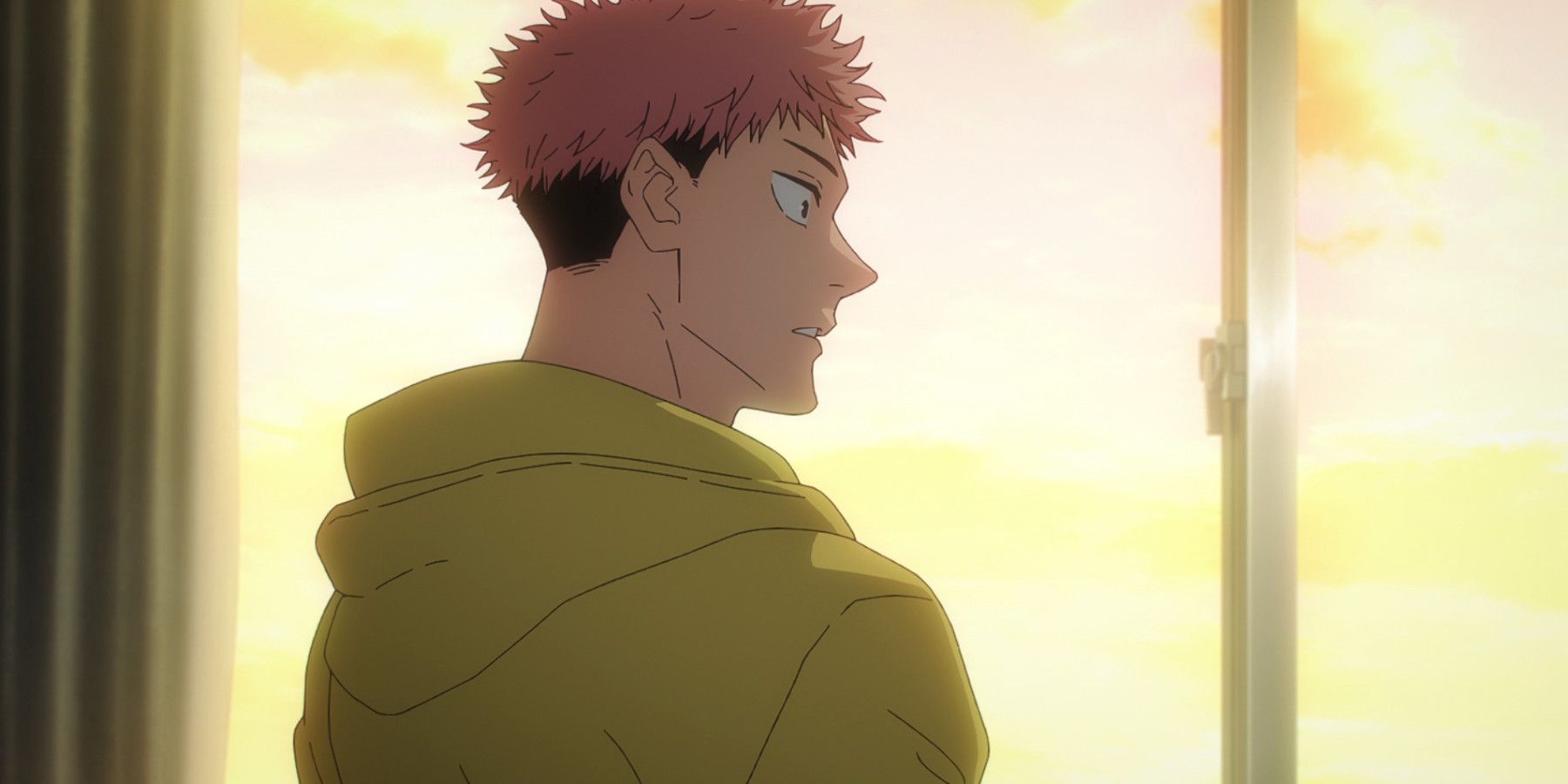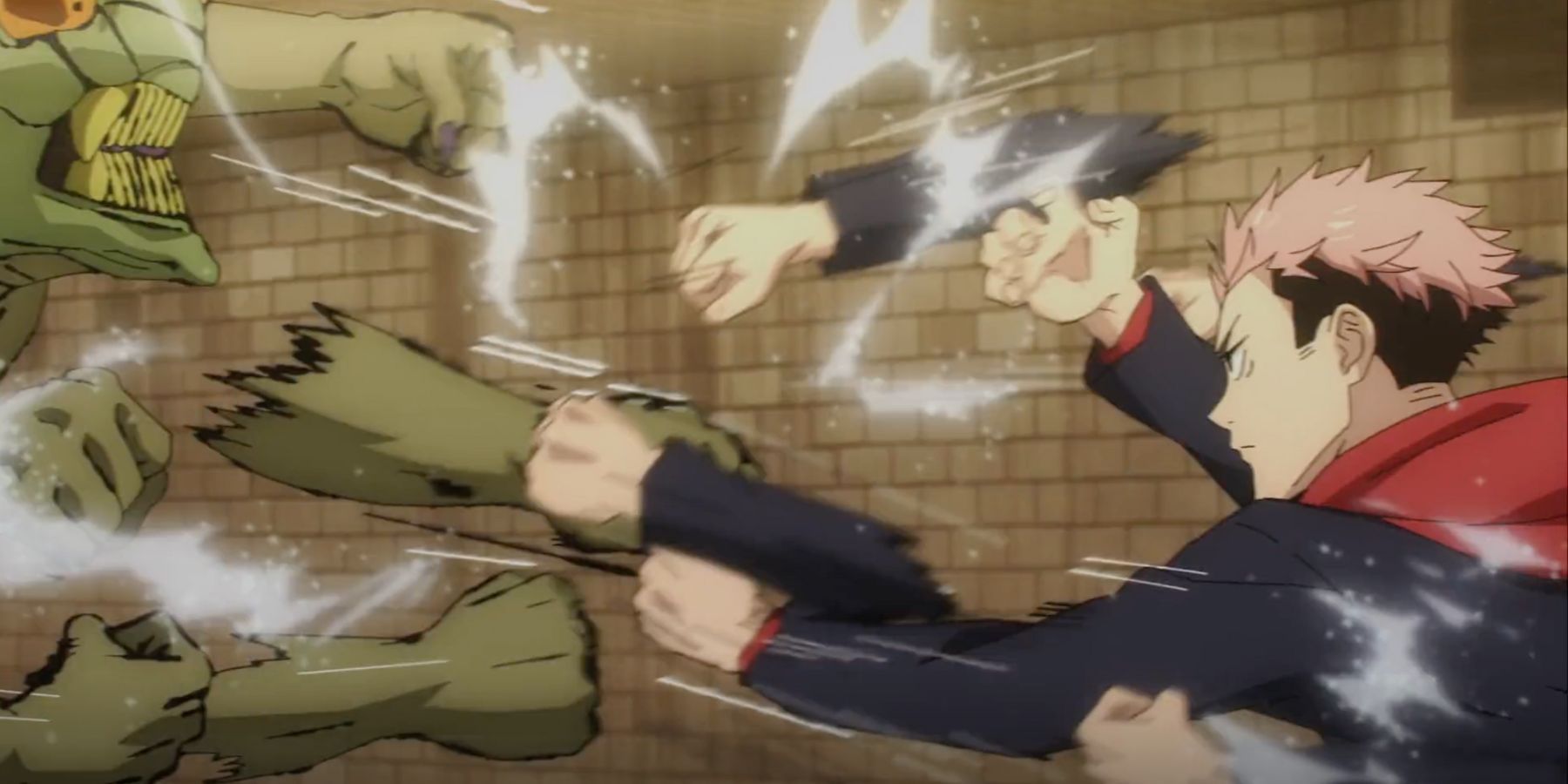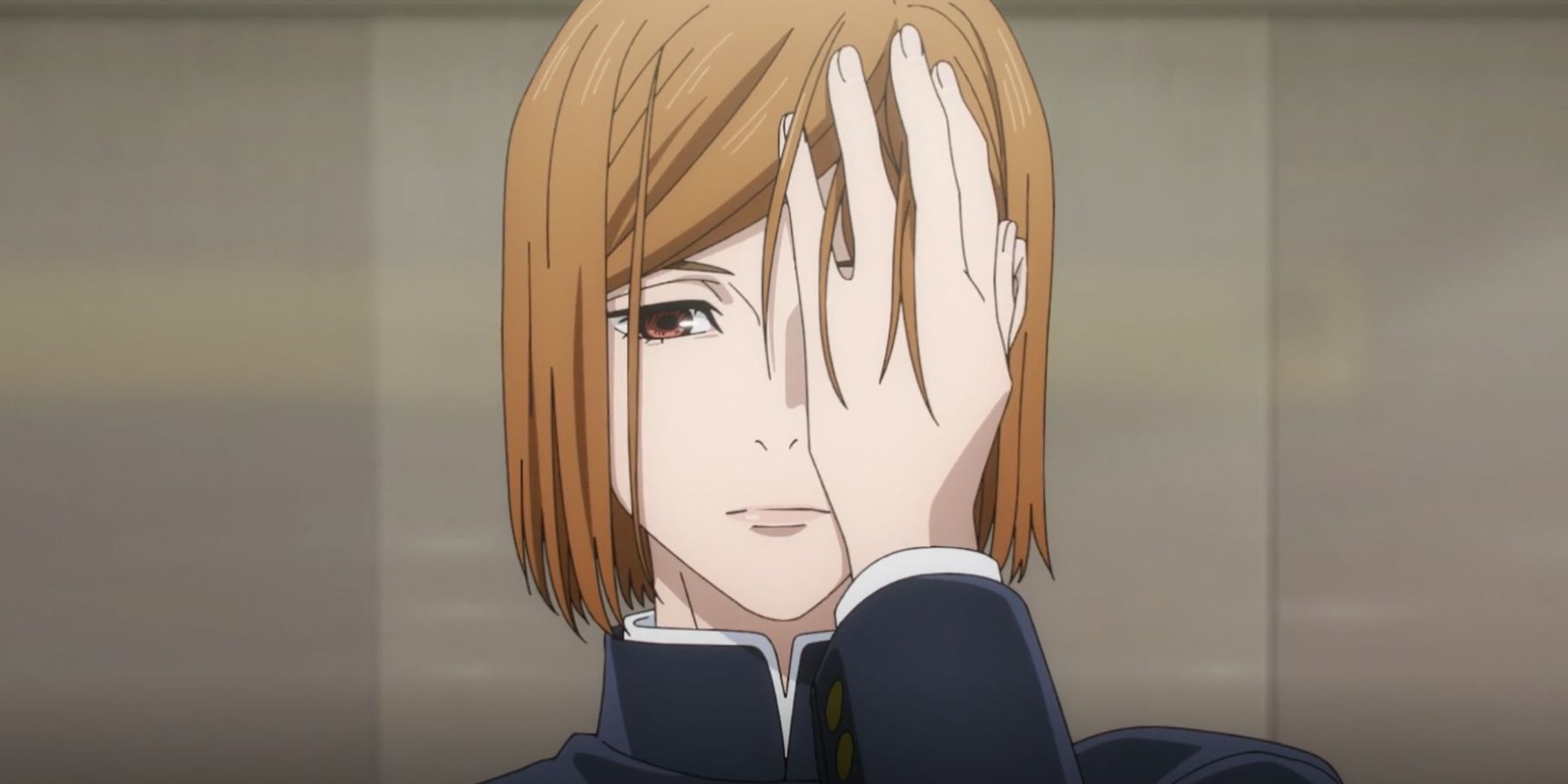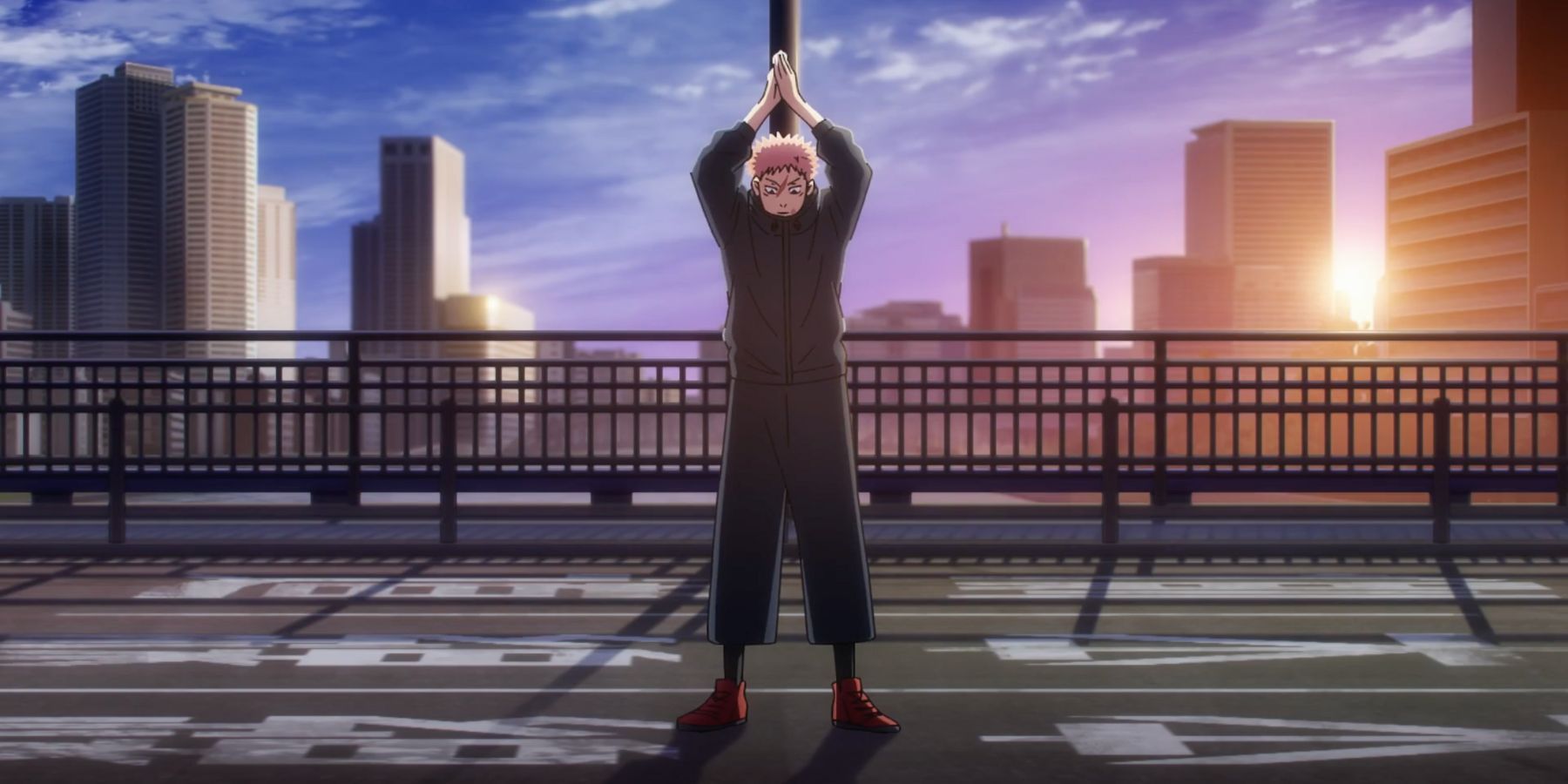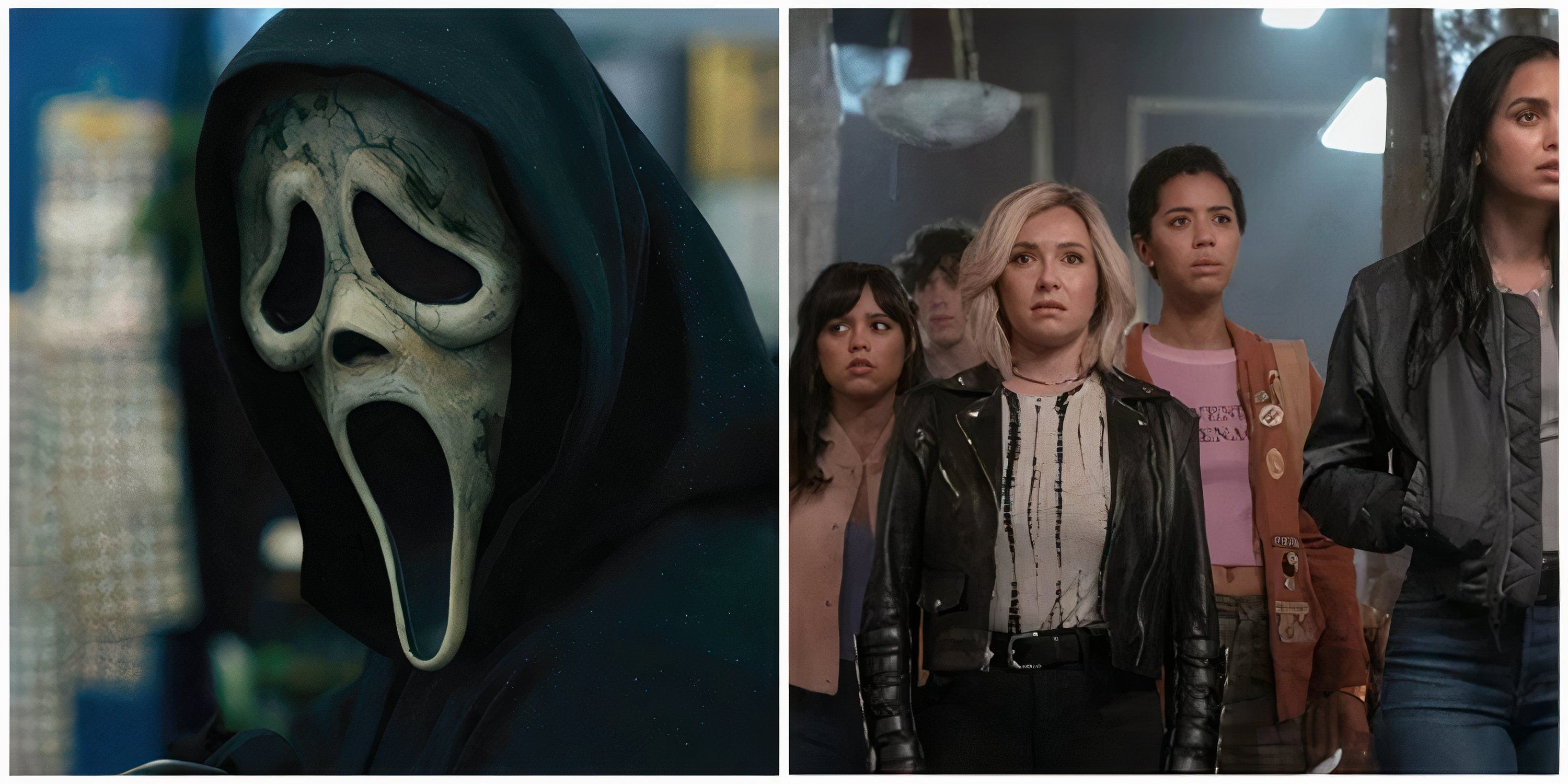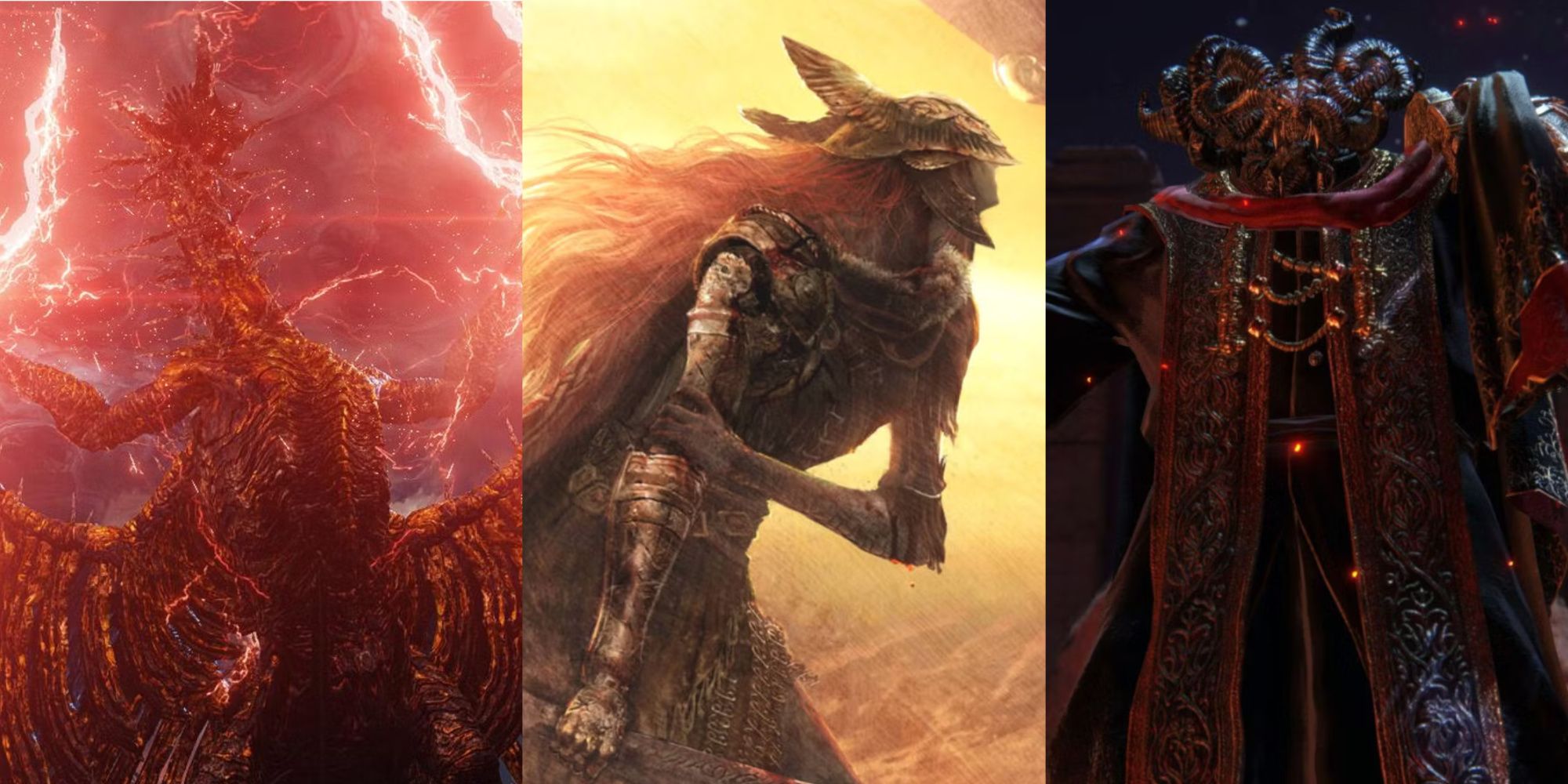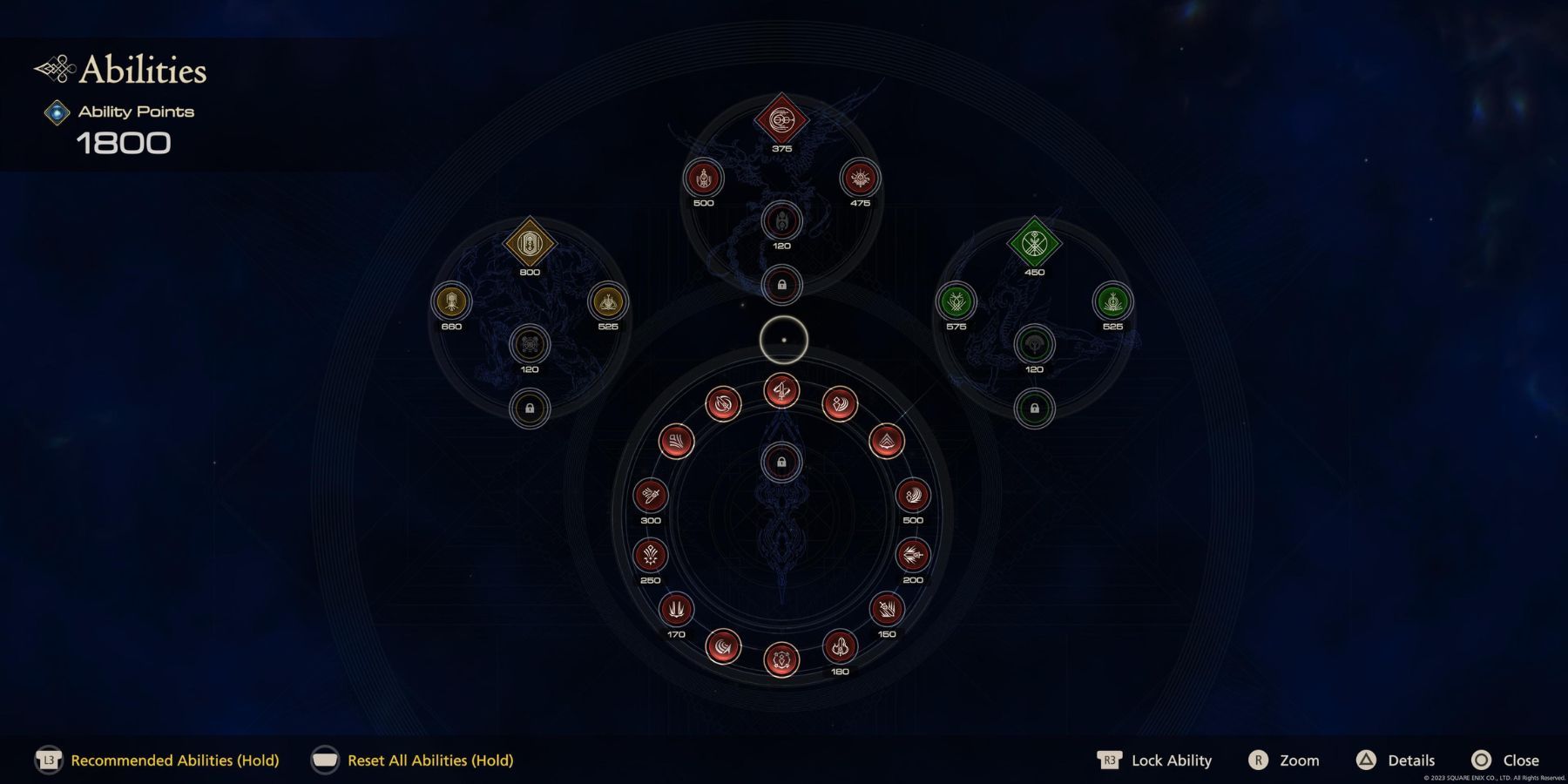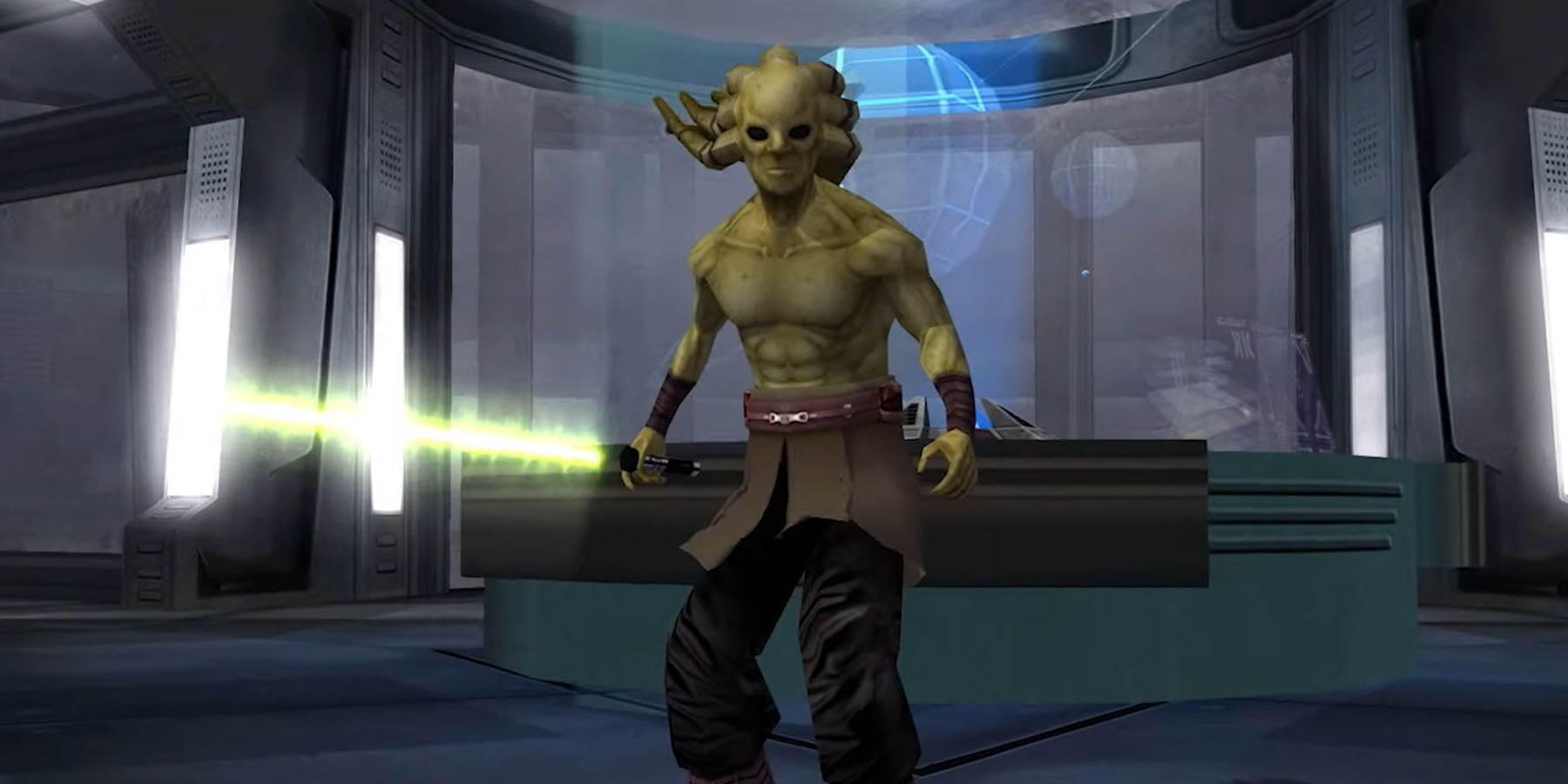Highlights
- The Shibuya Incident arc in Jujutsu Kaisen Season 2 is a significant and thrilling storyline that captivates viewers.
- The arc started with a rough episode but improved significantly, showcasing talented artists and creating unforgettable moments.
- While the arc has its flaws, such as rushed character deaths and complex power systems, it is still worth watching and represents mainstream anime today.
Warning: This feature contains spoilers for Jujutsu Kaisen Season 2’s Shibuya Incident arc, now streaming on Crunchyroll.
Every major shōnen series has at least one arc that is so uniquely magnetic in its significance to the story that it practically becomes the sun around which the entire series is discussed. These are the arcs that manga readers ominously foreshadow for anime-only fans for months – that newcomers will binge the entire show for – and this is what the Shibuya Incident arc has been to Jujutsu Kaisen.
After returning from a brief hiatus on August 31, Season 2 of Jujutsu Kaisen commenced the opening rites of this chaotic arc, which started in earnest just a couple of episodes later. From then until the finale, these 16 episodes chronicle an attack on Shibuya by the antagonists that leaves countless dead and completely upends the status quo upon which the story has functioned.
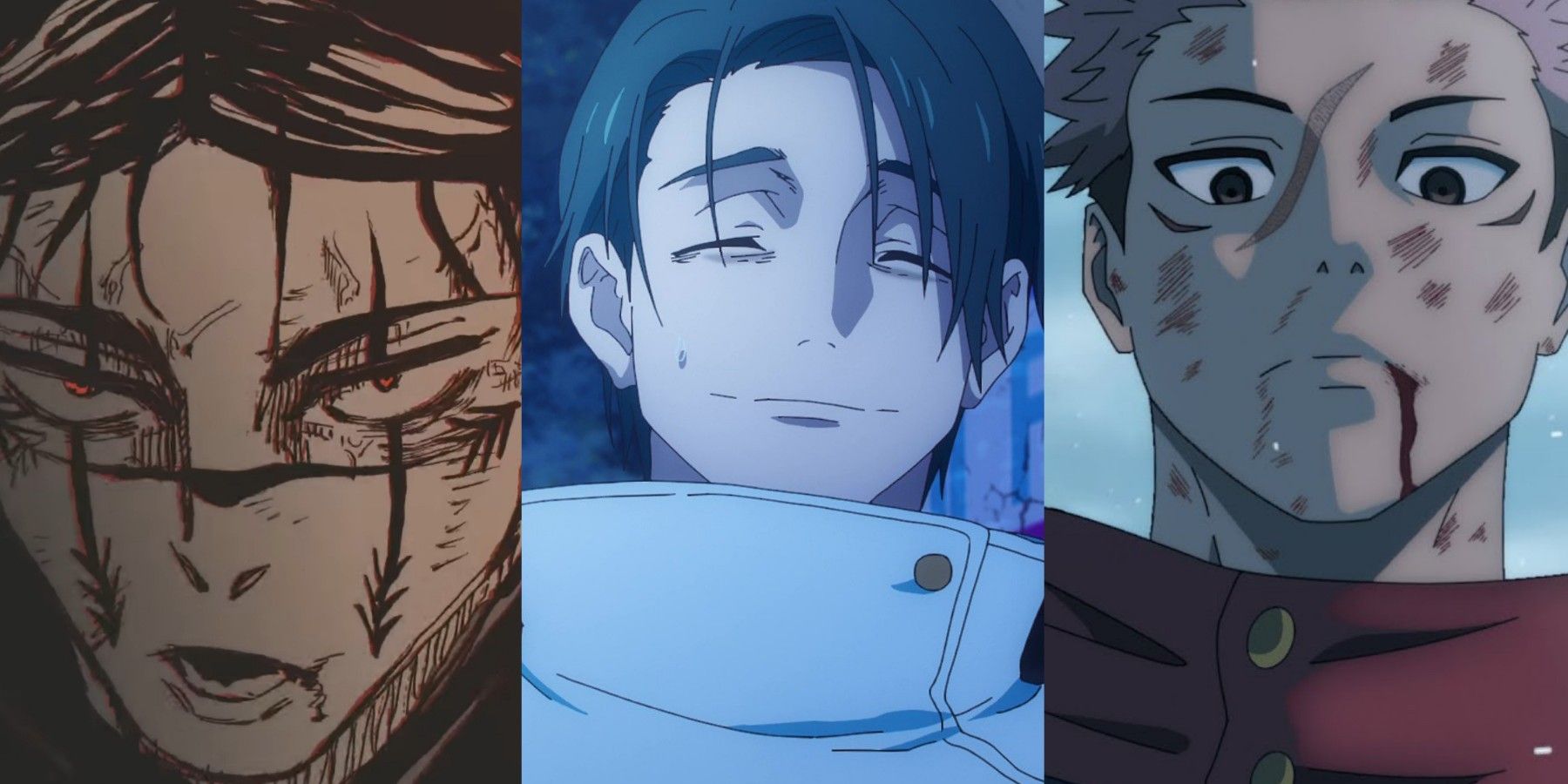
Jujutsu Kaisen Season 3 Might Be The Best One Yet
Season 3 of Jujutsu Kaisen comes with some high expectations from fans. Here’s how it can end up being the best one yet.
A Rough Start That Ultimately Stuck the Landing
It should be stated right out of the gate that the criticisms of this arc will not touch too much on the working conditions at MAPPA and how they influenced the quality of this arc. This isn’t because it isn’t important (because it certainly is), but rather that it has been discussed at length already, especially here. This is, more specifically, an appraisal of the storytelling, with consideration for how the visual fidelity helped or hindered key moments.
With that in mind, this arc did not get off to a great start. Episode 32, titled “Shibuya Incident”, was a mess that begged Game Rant’s Adrián Tomé López to ask if it was the worst episode of the entire show, and for good reason. Between a lackluster fight and directing that failed to convey the nuances of the moral conflict, it was just an uncharacteristically bad episode for a fairly consistent series. And yet, what happened next was even stranger.
As concerns over the production intensified among fan discourse, the episodes following this rough start seemed to only get better, more ambitious, and more unforgettable. Some of the most talented artists in this industry made the most of a bad situation and produced a string of episodes that made Jujutsu Kaisen a must-see television event like never before.
The Shibuya Incident makes masterful use of its inherent chaos to isolate its large cast, be they familiar faces or new characters, and create thrilling face-offs that each feel distinct. As a result, the directors behind these episodes and their styles are emboldened in ways best suited to bringing these individual parts to life.
Just consider Episode 40, “Thunderclap”, a masterpiece that weaves together two character-arc-defining encounters – Sukuna vs Jogo and Fushiguro vs Toji – without ever losing momentum. Even the lack of a character’s presence instills an underlying tension that pays off later, such as discovering what happened to Mei Mei or Inumaki after the events of the arc. A lot is going on, and this arc juggles it all very well, keeping the viewer on the edge of their seat.
The pacing and directing behind this season cannot be praised enough for maintaining that tricky balance between intrigue and catharsis so consistently. This isn’t to say that the overall execution is perfect though. The Shibuya Incident truly is emblematic of Jujutsu Kaisen as a whole, but it is a double-edged sword. It is the series at its best, just as it magnifies the worst qualities as well.
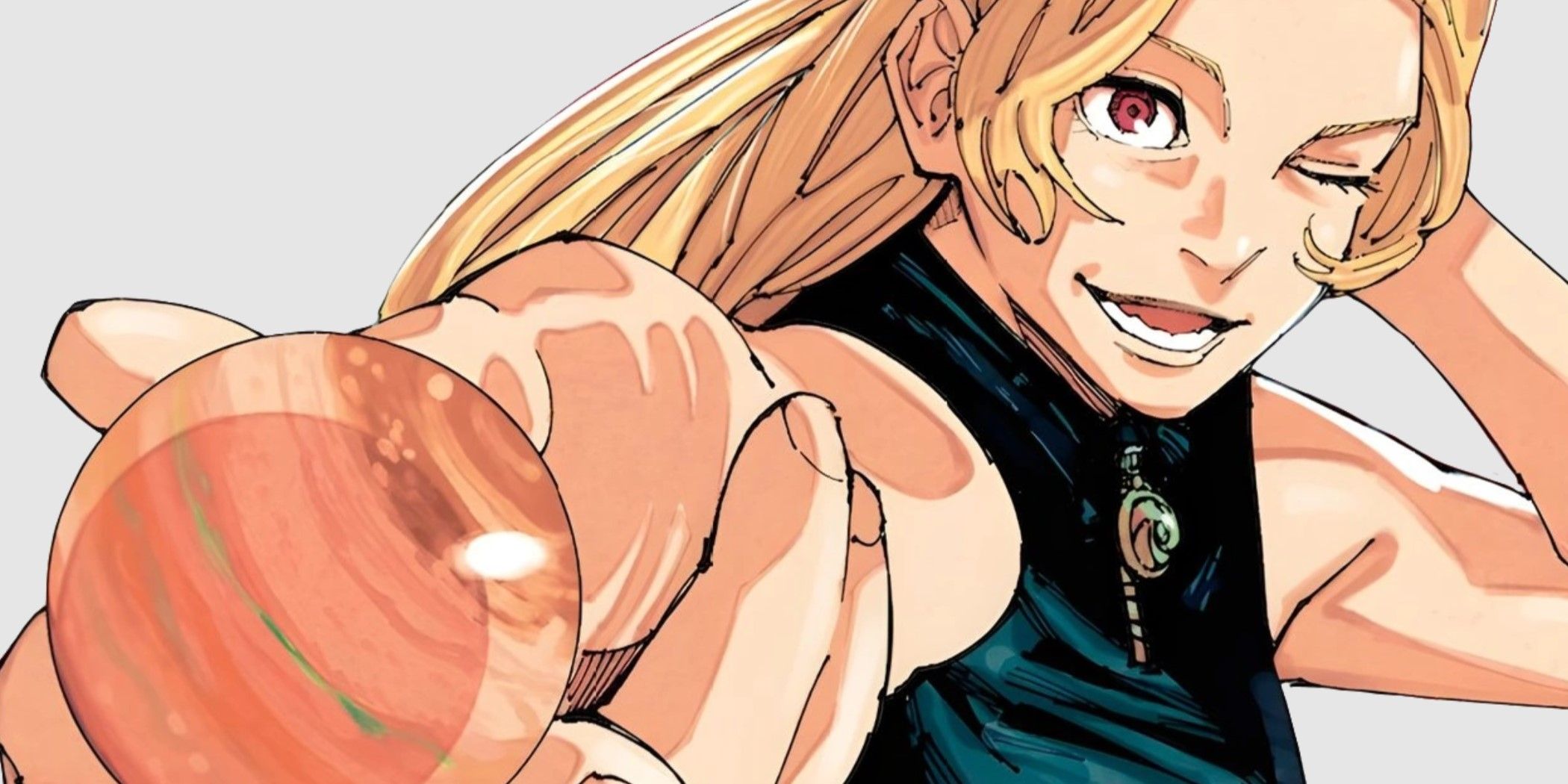
Jujutsu Kaisen: Yuki Tsukumo’s Star Rage, Explained
Yuki’s status as a Special Grade Sorcerer stems from her Innate Technique, which allows her to assign imaginary mass to herself and her shikigami.
Was There Too Much Change Too Soon?
In our feature on the death of Nobara Kugisaki, we pointed out how bold it was to kill off one of the main trio of the series at this juncture. After all, this is only the second season of Jujutsu Kaisen, and it almost feels like the story is gearing up for an ending in just another season or two. This sensation is not limited to character death, but the overall construction of the story up to this point.
To cite a recent example, My Hero Academia Season 6 was a similarly monumental turning point for the series. There were emotional character deaths on both sides of the conflict, society falling into chaos, and an overall darker tone symbolic of the characters’ turmoil. Say what one will about My Hero’s pacing, but at least it was the culmination of five seasons of buildup prior.
Sometimes it feels like Jujutsu Kaisen is racing itself to reach the milestones of the stories that inspired its creation without taking quite enough time to get there properly. This is part of what grinds people’s gears about the fatalities in the Shibuya Incident, especially Nobara. While some deaths are largely agreed to have felt earned, others feel like wasted potential. Consider the antagonists, another area where JJK and MHA share a common vice.
My Hero Academia needed several seasons to make the League of Villains interesting because, at the start, it was hard to figure out exactly what their deal was. Similar to this, Pseudo-Geto and the rest of the cursed spirits from Season 1 were consistently present, but their ultimate goals were nebulous, which made it hard to be invested in them, especially with everything else going on. Antagonists like Mahito were an exception, not the rule.
To be fair, Season 2 does alleviate this issue by giving cursed spirits like Jogo some incredible moments, but the context that demands investment in these characters is also divorced from them. Were it not for Jujutsu Kaisen 0 or the Hidden Inventory arc putting the story’s true conflict into perspective, the whole Shibuya Incident wouldn’t have hit nearly as hard.
Even Geto, a once-complex villain, is now just a husk inhabited by Noritoshi Kamo, who viewers could be forgiven for forgetting if they haven’t rewatched Season 1’s finale. They are an elusive figure with ties to Itadori’s past, but they’ve kinda just co-opted Geto’s body and traces of his personality without offering anything distinct – at least yet. Jujutsu Kaisen can pull off some great dramatic reveals, but other times it leaves the viewer feeling out of the loop.
This is a quality that extends even to the action, where the mechanics behind cursed techniques are getting increasingly cumbersome. It’s one thing when Crunchyroll gets the name of a Domain Expansion wrong or when the visual direction conflicts with the narration, but there’s no shame in admitting that the power system is (sometimes) a bit hard to comprehend. For those that get it, that’s great, but for everyone else, the fan wiki is becoming harder to avoid.
Despite Its Faults, The Shibuya Arc is Definitely Worth a Watch
Despite the aforementioned vices that this series has grappled with, it would be a lie to pretend they detract too greatly from what this arc did right. Some have already called it one of the greatest shōnen arcs of this generation, and it was hard not to feel a weight to that effect when witnessing this sensational run of episodes as it aired.
The qualities that make it different from its peers, both classic and contemporary alike, open it up to worthy criticism but also allow it to stand as a time capsule of mainstream anime today. The way it was produced, the conditions therein, its visual direction, the gathering of such diverse styles, the constant references to its predecessors, and more, all speak to the state of the medium.
Jujutsu Kaisen Season 2 and the Shibuya Incident arc are a culmination of what popular anime has been becoming in recent years. In time, the fandom might look back on it more positively or negatively in that respect, but as of this moment, this was a fantastic arc, a fantastic season, and the biggest reason to start watching this show if you haven’t already.
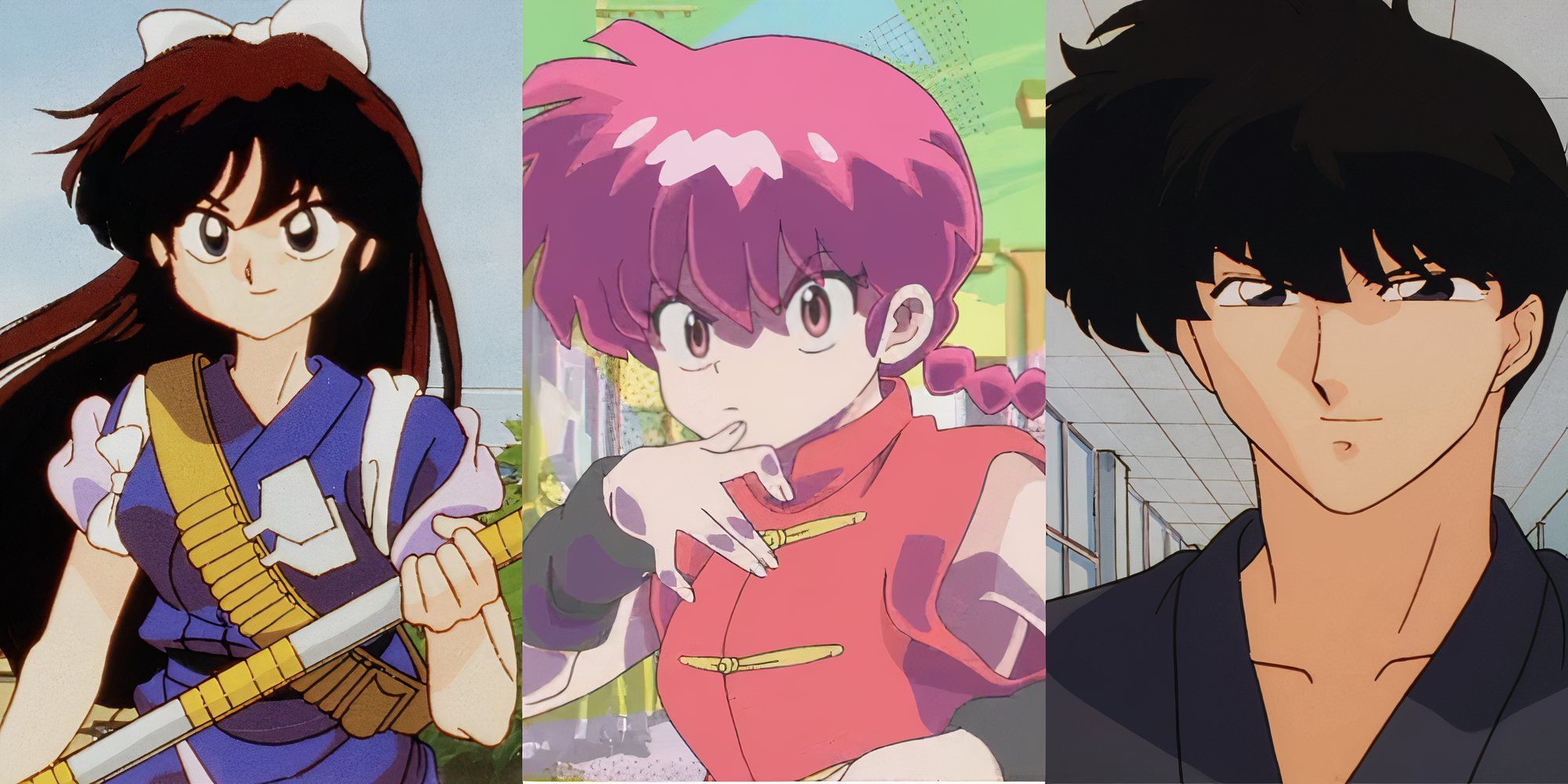
/cdn.vox-cdn.com/uploads/chorus_asset/file/24937837/Fire_TV_Stick_4K_Max_Image_1.png)
